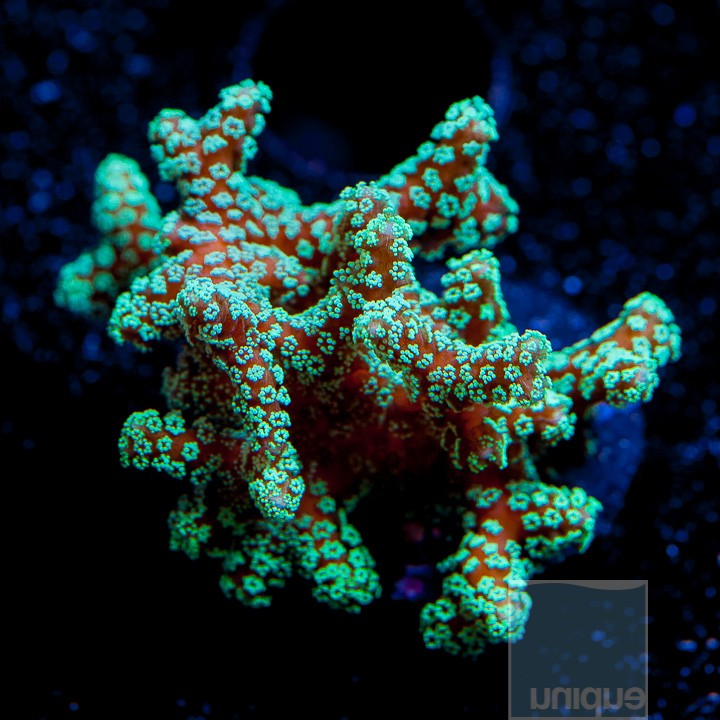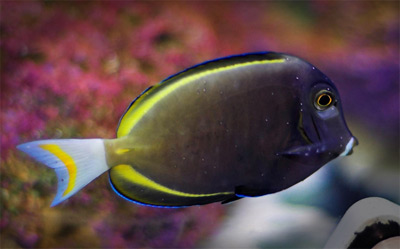As a passionate hobbyist and social media addict, I browse and stalk facebook groups constantly, searching for new information and reading up on the latest trends. I also attend most of the major shows and in U.S., and use the opportunity to connect with hobbyists and have many interesting conversations. One thing that keeps coming up is that this hobby has become too expensive, and that it is only for rich folks. I know it turns off a lot of new hobbyists to even get their feet “wet” , as the financial aspect can and will play big role in the endeavor.
While it is VERY true that it can get expensive, it can also be VERY affordable if you know what you are doing and know what you are looking for.
Here are some tips that I would like to share with you:
1.) Research A LOT in advance.
This is crucial, and can be applied to almost everything in this hobby; I’ll try to condense it down for you.
You need to ask a lot of questions. If there is one, join your local reef club. I have gained so many like-minded friends and cheap corals through this important resource. Be active on social media. Join facebook reef groups and follow people with beautiful reef tanks; ask for their tips and guidance. Incorporate what you can into your system. Find out what you want to keep in your tank, find out what they require, and spend your money wisely once. Not multiple times. Do you need $1000 lights to have softie tank? Absolutely not. Can you grow SPS with very cheap, low PAR light fixtures? Most likely not. Is this cheap knock off wavemaker worth my investment in long run? It can be cheap upfront but you may have to buy it multiple times if it breaks easily and has no warranty. Is it worth it then? Buying smart once from reputable company will save both money and headaches in the long run. You can also find great bargains from reef clubs as well as from people that are upgrading, downgrading, etc. Do your due diligence and research equipment, as well as livestock and their needs. before purchasing them.
2.) Don’t chase trends and names. Get corals and fish that are beautiful to you and that are comfortable for your wallet. After all, it is YOUR tank.
I don’t know when it became all about the trends and name chasing, but do you really need to purchase a $1000 frag to be happy with your slice of ocean? I routinely look for the bargain bins when I visit my local fish stores (if you follow me on facebook, you can catch all my live streams, which show that I look at the $5 and $10 spots VERY thoroughly). For example, in every tank that I have had, I’ve kept a green slimer acropora and an ORA green birdsnest. Yes, they are very cheap and green and people have often wondered why. Well, why not? I like that super neon green color, and I like how fast it grows, so that I can frag it often and share it with fellow hobbyists in my area that are getting into the hobby or donate it to a local science museum or school program. You really don’t need super fancy name corals to have a beautiful, thriving system. Be a bargain hunter, and go to your LFS and raid that clearance section for possible gems.

Here is a good example. Check out my friend Patrick Thomas’ 55g tank:
It’s an extremely simple setup, with a hang on back filter and no sump, koralia wave makers and no name wave makers to move water, but you can see that with good husbandry and routine maintenance, he has succeeded in creating a extremely vibrant and thriving reef aquarium.
Also check out my friend Robert from Marine Depot‘s video on setting up a brand new nano aquarium for $275:
It is definitely doable. What do you think so far? Let’s continue!
3.) Protect your livestock.
Maintaining is always cheaper then replacing. Those frags and fish that you buy for $10-20 or more throughout the years can add up quickly if you have to replace them all at once. Do yourself a favor and sear proper quarantine protocol into your brain. There is no feeling worse in our hobby than to see a beautiful coral colony that you’ve raised from a tiny little frag perish due to negligent husbandry.

Montipora eating nudibranch damage.
Dip all your corals, replace the frag plugs if possible, and QT your coral in a separate tank if it’s possible.
Quarantine all your fish for possible parasites like Cryptocaryon, Amyloodinium, Brooklynella, etc. These parasites can easily wipe out your entire system of fish. Set up a proper quarantine tank with medications that effectively treat these fish so that you don’t have to see them suffer and perish.

4.) This is a tip for both budget reefing and reefing in general. Knowledge is power and never be complacent in your knowledge. No one knows everything, and that’s especially true in this hobby. Always be willing to learn something new, and try to absorb that new knowledge whenever it’s available to you.
I hope that you have found some of these tips useful. Did I miss any? I’m sure I did. If you think of anything else, please add them to the comment section, and I will be sure to add to the list with the proper credit!
I believe that this hobby has room everyone, regardless of their wallet’s status, and hopefully this article will encourage new or aspiring hobbyists to make that first plunge,e as well as help hobbyists find success without breaking the bank.
Happy reefing everyone.
Afishionado out!










0 Comments